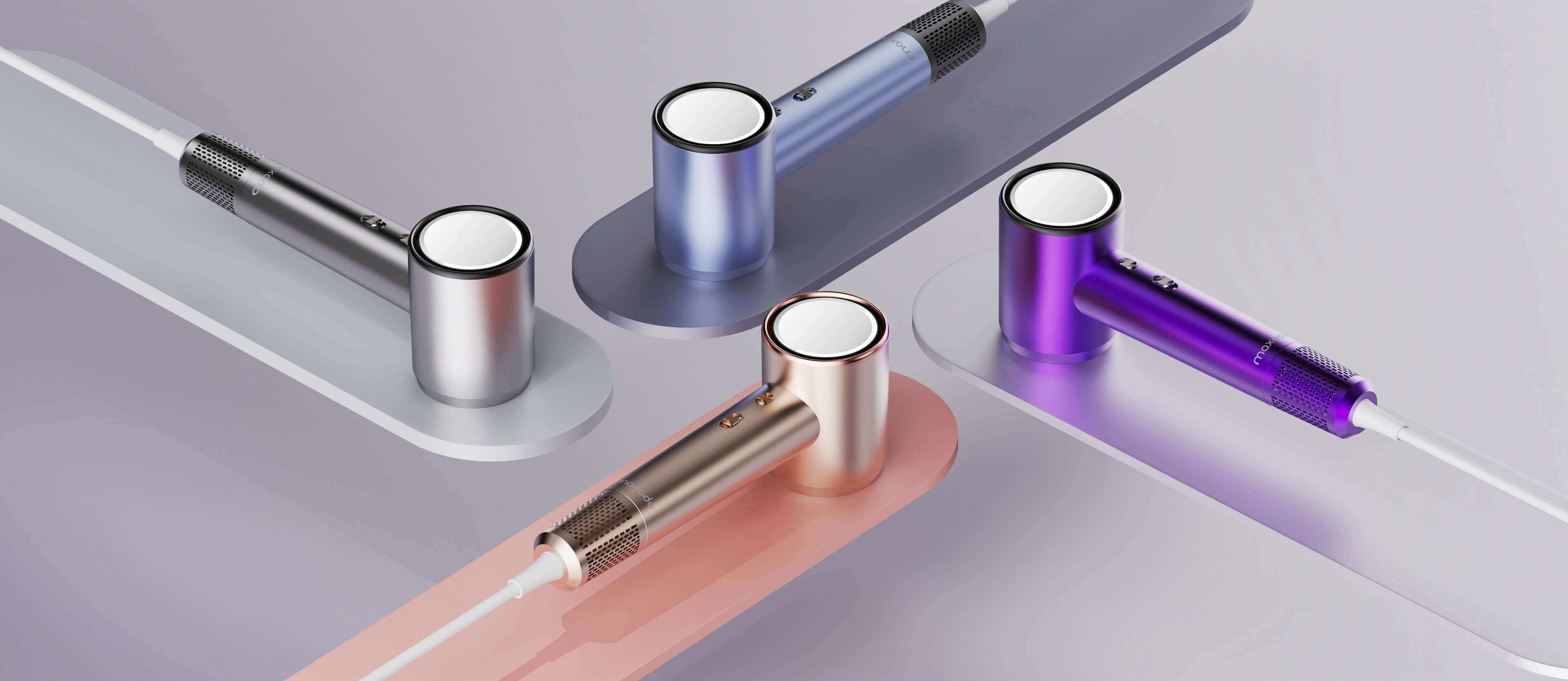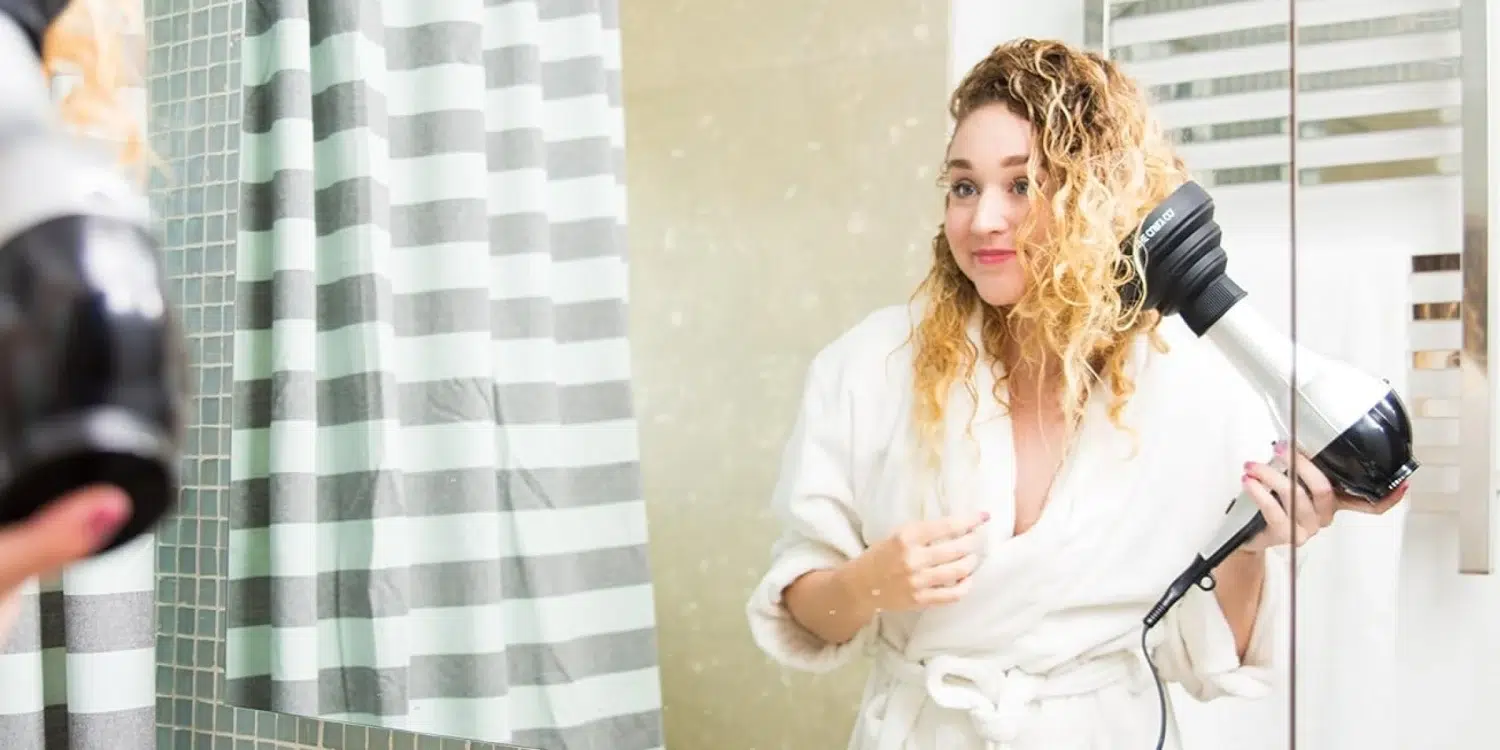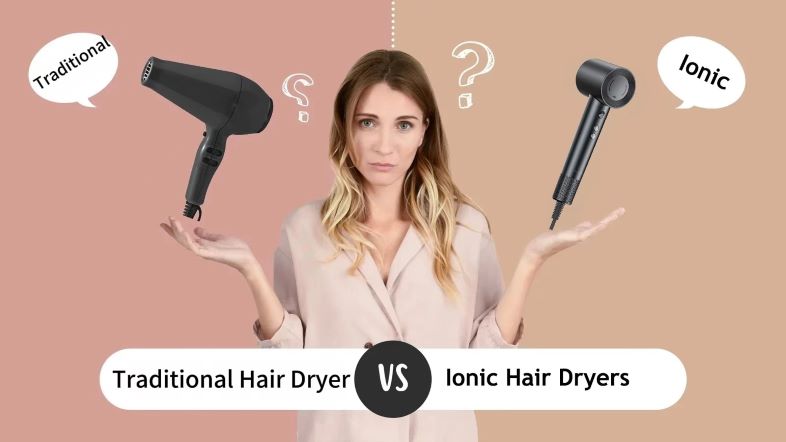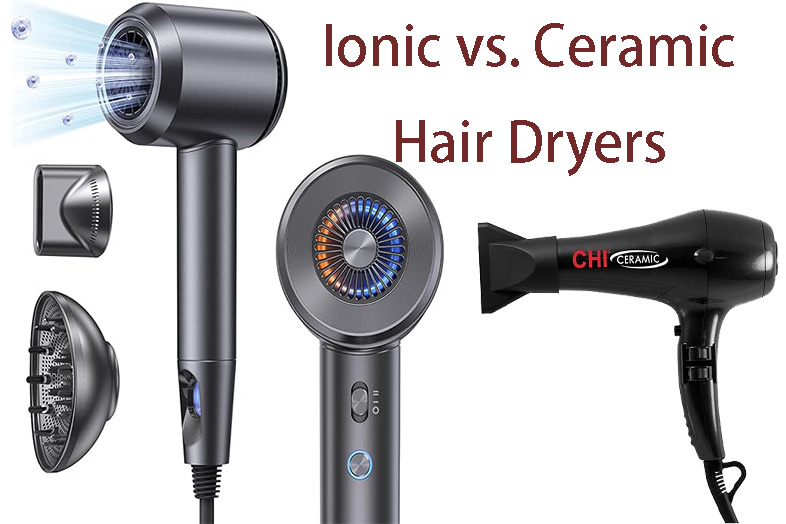Heat styling is a popular method to create various hairstyles, from sleek, straight looks to bouncy curls. However, the frequent application of high temperatures can lead to heat damage, manifesting as brittle, dry hair, split ends, and a loss of natural texture and shine. Understanding heat damage is crucial because it not only affects the appearance of your hair but can also lead to long-term health issues requiring significant efforts to repair. By recognizing how heat impacts hair and taking steps to minimize damage, individuals can maintain healthy, vibrant hair while still enjoying the versatility of heat styling.
Understanding Hair Structure
Basic Anatomy of Hair Strands
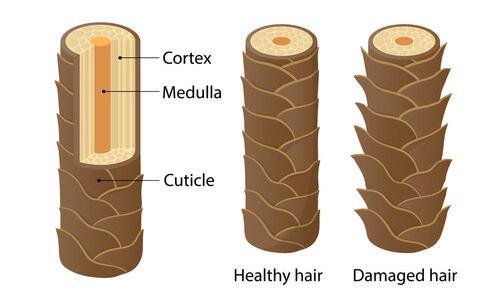
Hair strands are composed of three layers: the cuticle, cortex, and medulla. The cuticle is the outermost layer, consisting of overlapping scales that protect the inner layers. The cortex, which determines strength, color, and texture, lies beneath the cuticle. The medulla, the innermost layer, is not always present in every hair strand and is mostly found in thick and coarse hair.
How Heat Affects Hair at a Microscopic Level
When hair is exposed to high temperatures, the heat alters the hydrogen bonds that give hair its shape, leading to temporary or permanent changes in texture. However, excessive heat can strip moisture from the hair, leading to dryness and brittleness. Over time, the cuticle scales can become damaged and lift, causing the inner cortex to become exposed and susceptible to further damage. This process weakens the hair, making it prone to breakage and split ends.
Common Causes of Heat Damage
Overuse of Heat Styling Tools
The frequent use of flat irons, curling irons, and blow dryers is a primary cause of heat damage. These tools can reach extremely high temperatures that, when applied regularly, lead to the deterioration of hair health over time.
Incorrect Heat Settings
Many individuals use heat styling tools on the highest settings, believing it will achieve quicker or more lasting results. However, excessively high temperatures can cause immediate and severe damage to the hair, especially if the hair type cannot tolerate such heat.
Frequent Heat Styling
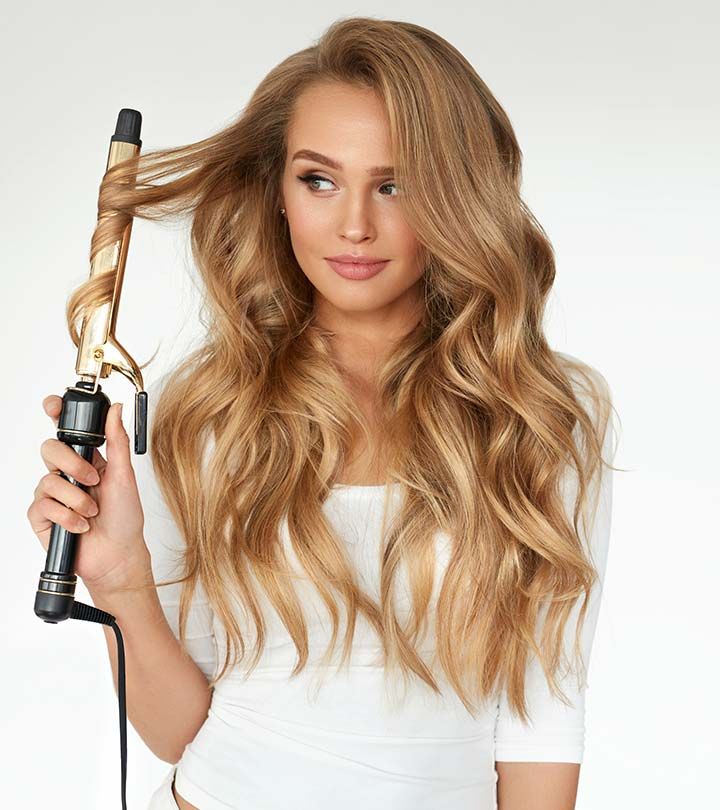
Regular heat styling without giving hair adequate time to recover strips the hair of moisture, leading to a dry, brittle texture. The lack of protective measures, such as heat protectant sprays or serums, exacerbates the damage.
Chemical Treatments and Heat
Chemically treated hair (through coloring, perming, or straightening) is more vulnerable to heat damage. When heat is applied to already processed hair, it can weaken the structural integrity of the hair strands, making them more susceptible to damage. The combination of chemicals and heat accelerates the deterioration process, leading to more significant damage at a faster rate.
Recognizing Heat Damage
Signs and Symptoms of Heat-Damaged Hair
Heat damage to hair manifests in several noticeable ways. The first signs often include a dry, brittle texture, and hair that tangles easily. You might also notice increased breakage or split ends, indicating that the hair shaft has weakened. Another telltale sign is hair that has lost its natural sheen or color vibrancy due to the breakdown of proteins and pigments. For those with naturally curly or wavy hair, a clear indication of heat damage is hair that no longer holds its natural pattern, appearing limp or straightened in patches.
The Long-Term Effects of Ignoring Heat Damage
Ignoring the signs of heat damage can lead to more severe, long-term effects. Continual exposure to high heat without intervention can cause irreversible damage to the hair’s structure, leading to extreme dryness, porosity, and eventual hair loss from weakened roots. Over time, the cumulative effects of heat damage can also stunt hair growth and make recovery much harder, requiring more drastic measures to restore hair health.
Preventative Measures
Proper Use of Heat Styling Tools
The key to preventing heat damage lies in the proper use of styling tools. Opt for tools with adjustable heat settings and always choose the lowest temperature that effectively styles your hair to minimize damage. Ceramic and tourmaline tools are preferable because they distribute heat more evenly, reducing the likelihood of overheating any single part of your hair.
Heat Protectant Products
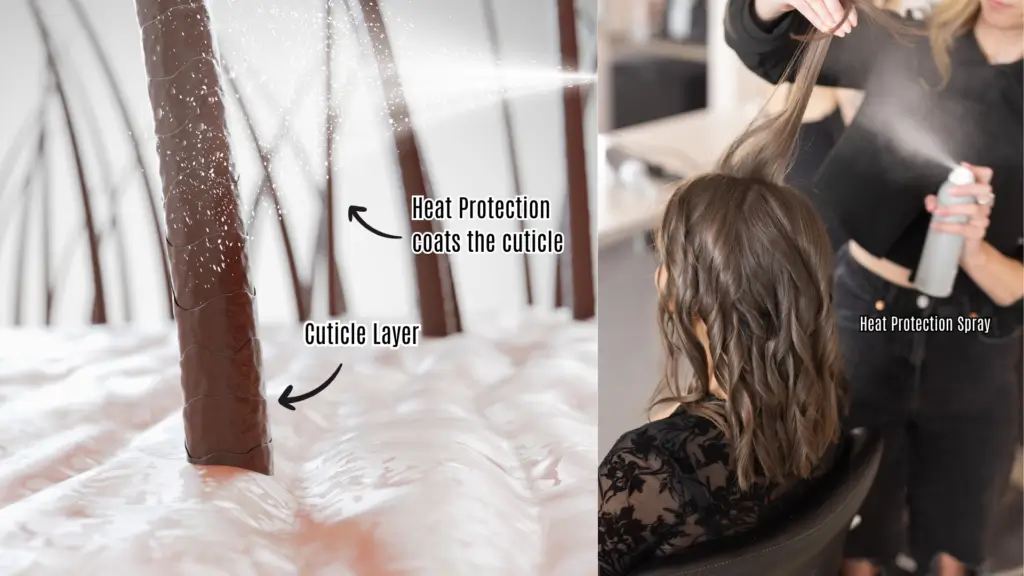
Heat protectant products act as a barrier between your hair and high temperatures, significantly reducing damage. These products work by coating the hair shaft with protective ingredients, which dissipate heat and reduce moisture loss. Using a heat protectant every time before styling is essential for maintaining healthy hair.
Healthy Hair Habits
Embracing your natural hair texture and minimizing the use of heat styling can dramatically improve hair health. On days when heat styling is unnecessary, let your hair air-dry and adopt styles that don’t require heat. Regularly incorporating heat-free days allows your hair to recover from any potential heat stress, retaining its natural strength and vitality.
Solutions and Treatments for Heat Damage
Deep Conditioning Treatments
Deep conditioning treatments are crucial for replenishing moisture and nutrients to heat-damaged hair. Look for products rich in proteins, amino acids, and natural oils. These ingredients penetrate the hair shaft to repair, hydrate, and strengthen hair from the inside out. Regular deep conditioning, at least once a week, can significantly improve the texture and appearance of damaged hair.
Trimming Split Ends
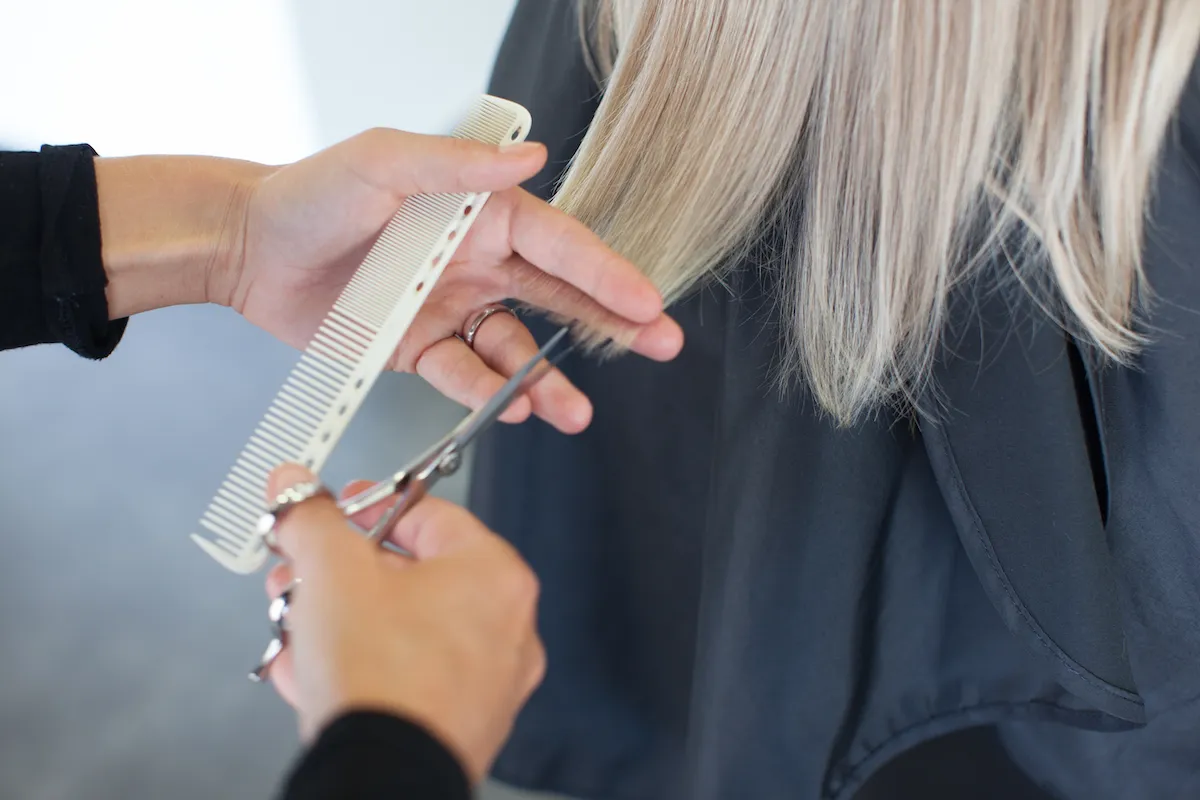
Regular trims are necessary to remove split ends and prevent them from traveling up the hair shaft, which can lead to further breakage. Trimming your hair every 6-8 weeks can keep it looking healthy and prevent the effects of heat damage from worsening.
Professional Treatments
For severely damaged hair, professional salon treatments can offer more intensive recovery options. Keratin treatments, for example, can help to replenish the protein lost to heat styling, sealing the hair cuticle and smoothing the hair’s surface for a healthier appearance. Consulting with a haircare professional can provide personalized advice and treatment options.
Natural Home Remedies
DIY masks and oils can offer natural solutions for hair recovery. Ingredients like coconut oil, avocado, honey, and banana can be used to create nourishing masks that restore moisture and elasticity to the hair. Applying these treatments regularly can aid in the recovery process, improving the health and appearance of heat-damaged hair.
Maintaining Healthy Hair After Recovery
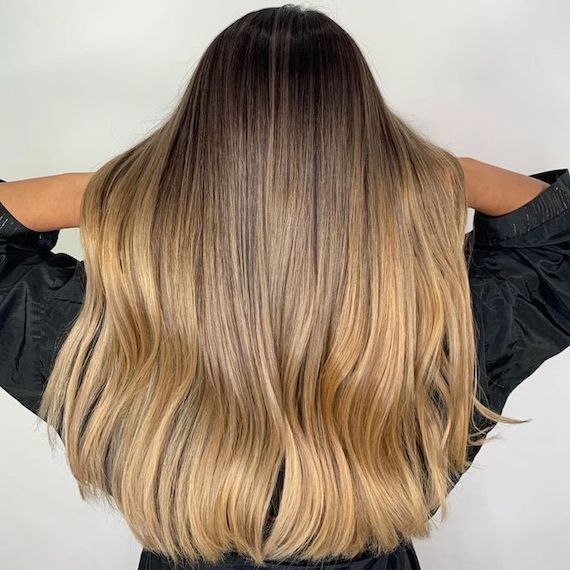
Routine Care Tips to Avoid Future Heat Damage
Maintaining healthy hair, especially after it has recovered from heat damage, is crucial for preserving its strength, shine, and overall health. Here are some routine care tips:
Limit Heat Styling: As much as possible, reduce the frequency of using heat styling tools. Embrace your natural hair texture or explore heatless styling methods.
Use Heat Protectants: Whenever you use heat on your hair, always apply a heat protectant. These products form a protective barrier on the hair shaft, minimizing damage.
Invest in Quality Hair Tools: Use hair dryers, straighteners, and curling irons with adjustable heat settings and advanced technology that promotes even heat distribution and minimizes hair damage.
Hydrate and Nourish Your Hair: Regularly use deep conditioning treatments and hair masks. Look for products with natural oils and proteins that help repair and strengthen hair.
Trim Regularly: Regular trims help prevent split ends from traveling up the hair shaft, which can lead to breakage and frizz.
Importance of Regular Hair Assessment
Keeping an eye on the condition of your hair is essential. Regularly assess your hair for signs of damage such as split ends, breakage, dryness, or dullness. This can help you adjust your hair care routine before minor issues become more severe. Consider consulting with a hair care professional periodically to get a thorough understanding of your hair’s health and to receive personalized advice.
Conclusion
Recap of Key Points
Heat Damage Causes: Overuse of styling tools, incorrect heat settings, and lack of protective measures contribute to hair damage.
Signs of Heat Damage: Look out for dryness, split ends, and lack of elasticity.
Prevention and Treatment: Utilize heat protectant products, minimize heat styling, and incorporate deep conditioning treatments into your routine.
Recovery and Maintenance: After recovering from heat damage, adopt a hair care routine that prioritizes hydration, protection, and regular assessment to maintain healthy hair.
Encouraging Readers to Adopt Healthier Hair Practices
The journey to recovering from heat damage and maintaining healthy hair is not just about following a set of guidelines; it’s about embracing a lifestyle that prioritizes the health of your hair. By understanding the causes of heat damage and implementing the preventative and restorative measures discussed, you can enjoy vibrant, healthy hair that reflects your care and dedication.
Remember, the key to beautiful hair is not just in treating it when it’s damaged but in preventing damage in the first place. Regular care, mindful styling practices, and a commitment to understanding your hair’s needs can transform the way you think about hair health. Let’s make a pledge to treat our hair with the kindness and attention it deserves, steering clear of practices that compromise its integrity.

